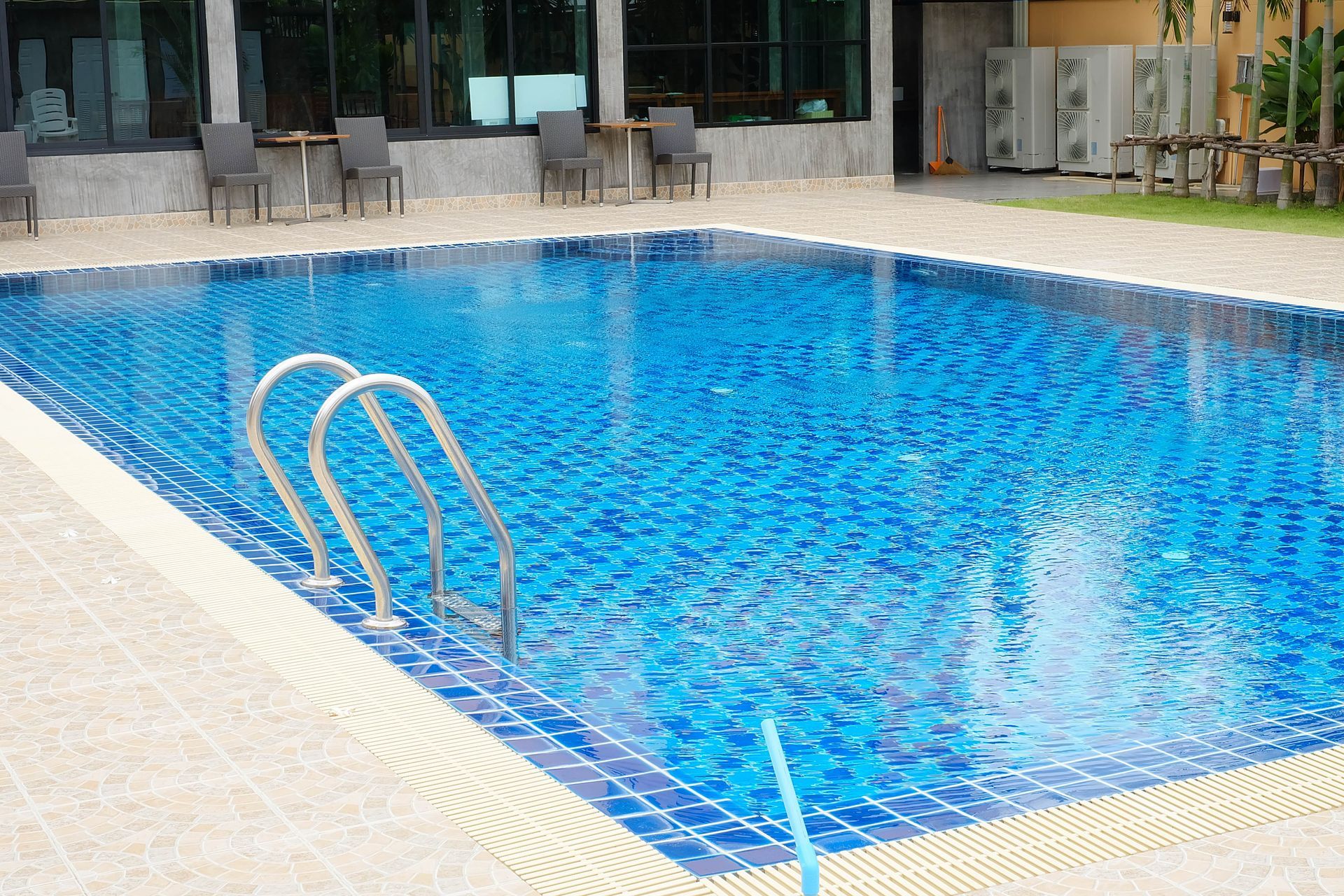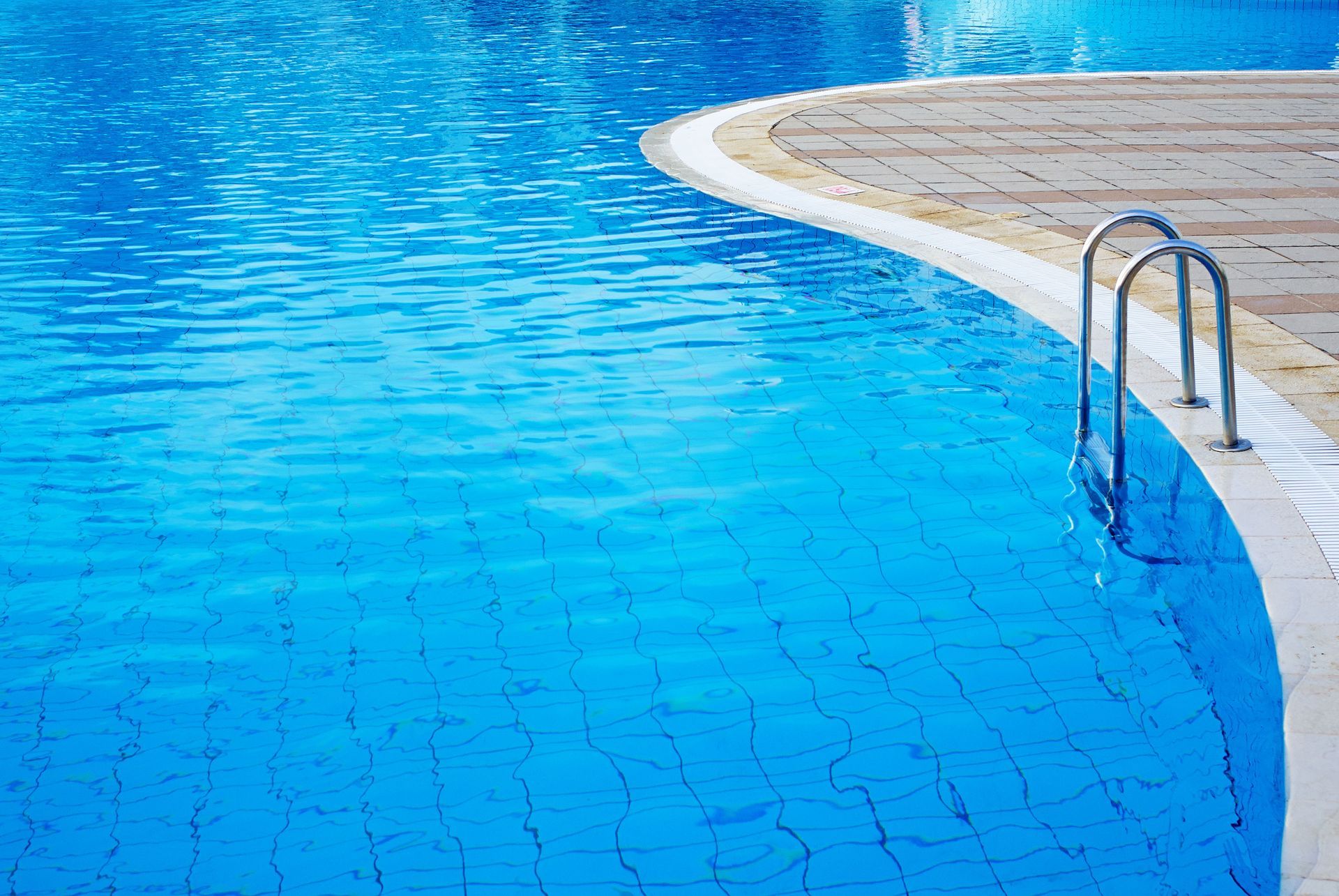How to Prepare Your Pool for Cooler Months
As the temperatures begin to drop, it becomes essential to prepare your pool for the cooler months to ensure it's in great condition for the next swimming season. Ignoring winter preparations can lead to costly repairs and extensive cleaning. This guide will walk you through the necessary steps and answer some of the most commonly asked questions regarding pool service in cooler months. According to Ruby Home, there are over 10.5 million swimming pools in the U.S., each offering homeowners relaxation and recreation, but many of these pools require diligent maintenance through the winter to avoid unnecessary damage. Hiring a professional pool service ensures these tasks are performed correctly, safeguarding your investment and giving you peace of mind throughout the offseason.
Balance and Shock Your Pool Chemicals
One of the first steps in preparing your pool for the cooler months is balancing the pool chemicals. This is crucial because balanced chemicals help prevent algae growth and protect pool surfaces and equipment from corrosion or scaling. Before closing your pool, aim to get the pH, alkalinity, and calcium hardness in the recommended ranges. This ensures that your pool remains safe and clean, minimizing the work required when reopening it in the spring.
From our experience, it's best to ensure the pool's pH is between 7.2 and 7.6, as this range minimizes scaling and reduces the potential for irritation. Alkalinity should be kept within 80 to 120 parts per million (ppm) to stabilize the pH levels. Calcium hardness should be balanced to prevent the water from becoming either too aggressive (which can damage surfaces) or too scale-forming. Hiring a professional pool service is most beneficial to get precise measurements and recommendations.
A chlorine shock treatment is recommended to eliminate any bacteria or organic contaminants before closing the pool. This treatment involves adding a high dose of chlorine to raise levels temporarily. Following shock treatment, allow the chlorine levels to decrease to a normal range before proceeding to other closure tasks. Keeping a close eye on these chemical levels throughout the off-season can prevent any unwanted surprises when you're ready to reopen.
Clean and Maintain Your Pool Thoroughly
Thoroughly cleaning your pool is an indispensable part of preparing it for the off-season. Start by skimming the water surface to remove leaves, insects, and debris. Vacuum the bottom of the pool to eliminate settled dirt and scrub the pool walls and tiles to remove any stubborn algae or deposits. This comprehensive cleaning ensures that your pool remains in top condition, making the reopening process in the spring much simpler. Hiring a professional pool service at this stage can ensure that every corner of your pool is cleaned effectively and safely, saving you time and effort.
Next, dedicate time to backwashing and cleaning your pool filter. Filters are critical in maintaining water clarity and cleanliness, so ensuring their proper function through the winter months is vital. Clean each filter component according to the manufacturer's instructions, and consider replacing any parts that show excessive wear. A clean and functioning filter is essential in supporting your pool's overall health during the downtime. Professional pool technicians can check for hidden filter issues and perform maintenance that prevents costly repairs later.
Finally, inspect skimmer baskets and pump strainer baskets for any debris accumulation. Removing and washing these components thoroughly ensures maximum efficiency, reduces the potential for clogging, and contributes positively to overall pool maintenance. Regular monitoring and cleaning, even during the offseason, will help maintain the health of your pool and prevent unnecessary repairs. By focusing on a meticulous clean-up prior to closure, you ensure a fresh start when warmer months arrive. Having a professional inspect these components adds an extra layer of protection, ensuring that no small problem is overlooked before winter sets in.
Lower Water Levels and Protect Plumbing
Another critical step in preparing your pool for the cooler months is lowering the water level. This is crucial in areas with a risk of freezing, as water expansion can cause damage to the pool walls and plumbing. Generally, we recommend lowering the water level to just below the skimmer or the tile line. This ensures that the water doesn't enter the skimmer or other structures prone to ice damage. Hiring a professional pool service can help ensure the water is lowered safely and correctly, preventing accidental damage to your pool’s structure or plumbing.
When lowering the water level, use the pool's waste line or a submersible pump. Always follow city regulations and considerations for draining pool water to avoid fines or disruptions to neighborhood drainage systems. It's advisable to perform this task when the weather is stable and dry, allowing time to make adjustments if needed. Lowering the water level not only protects your pool's physical structures but also alleviates any stress on the filtration and circulation systems.
In some regions, an anti-freeze product suitable for pools can be added to the plumbing lines after the water has been lowered. This will protect against any residual water freezing and causing pipe bursts. Installing winter plugs is another protective measure to further secure the pool's plumbing system. Remember that your pool's specific needs may vary based on its design and geographical location, emphasizing the importance of customized care.
Inspect and Winterize Pool Equipment
Inspecting your pool equipment is an integral part of preparing for the cooler months. Begin by checking your pool pump, heater, and filtration systems for any signs of wear or damage. Addressing these issues before winter can prevent further complications and prolong the life of your equipment. Having a professional pool service technician inspect these components can ensure that nothing is overlooked and that all systems are ready for winter hibernation.
Winterizing your pool heater, if applicable, is another critical step to prevent damage. Drain any excess water from the heater and ensure that freeze protection measures are in place for all plumbing. Some heaters require additional steps for winterization, which can often be found in the manufacturer’s manual. Ensuring these steps are followed precisely avoids costly repairs when the pool is reopened.
Finally, remove and store any detachable equipment, such as ladders, slides, and pool cleaners, in a dry and protected location. Clean each item thoroughly before storing to prevent rusting or material degradation during the offseason. Regular maintenance and inspection of these items not only improves their longevity but also enhances safety and performance when the pool season resumes. Taking comprehensive care of your pool equipment ensures a seamless transition to spring and reduces the likelihood of unexpected expenses.
Proper preparation of your pool for the cooler months will save you time and money and ensure that your pool is ready for another season of enjoyment come summer. By following the guidance provided and understanding the importance of regular pool service, you can protect your investment and maintain a clean, safe swimming environment. Working with a professional pool service ensures that all steps are done correctly, reducing the risk of winter damage and giving you confidence when reopening your pool in the spring. Remember, each pool is unique, so ensure professional assistance in tailoring these recommendations to fit your specific needs and climate conditions. Protecting your own pool against the harsh effects of winter is an essential part of ensuring it remains a valuable addition to your home, year after year. Reach out to Austin Pool Service to learn more about your options today!




Share On: